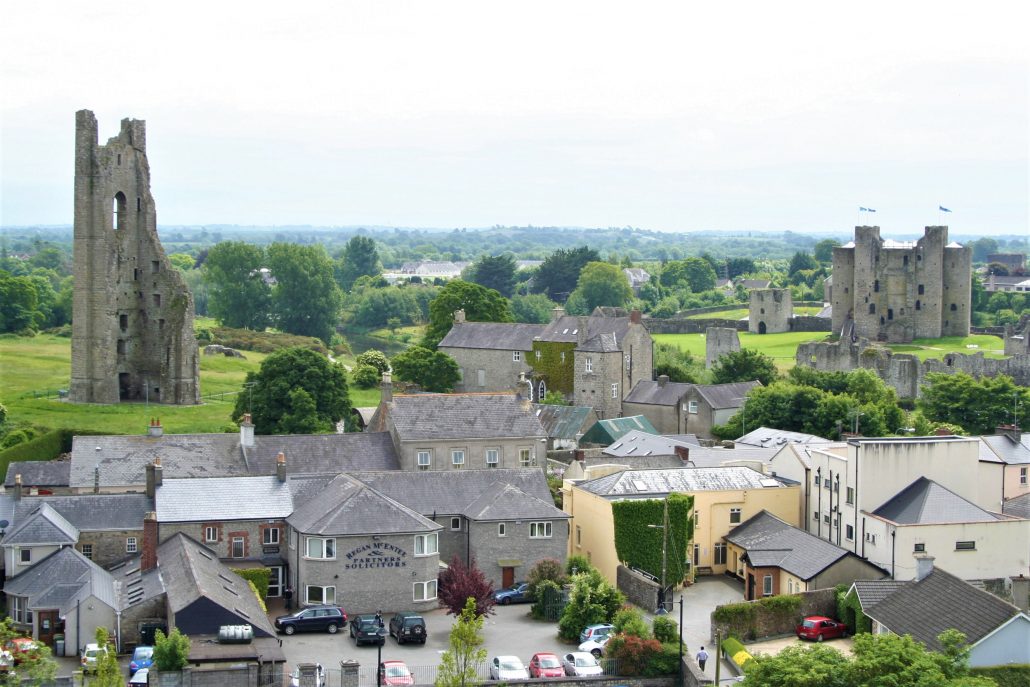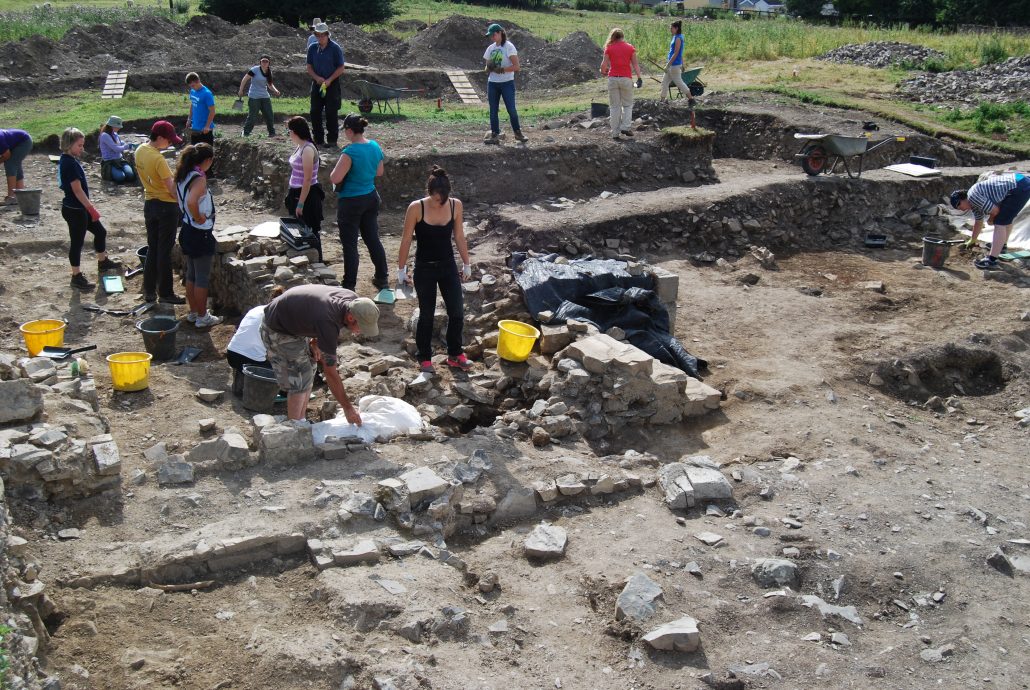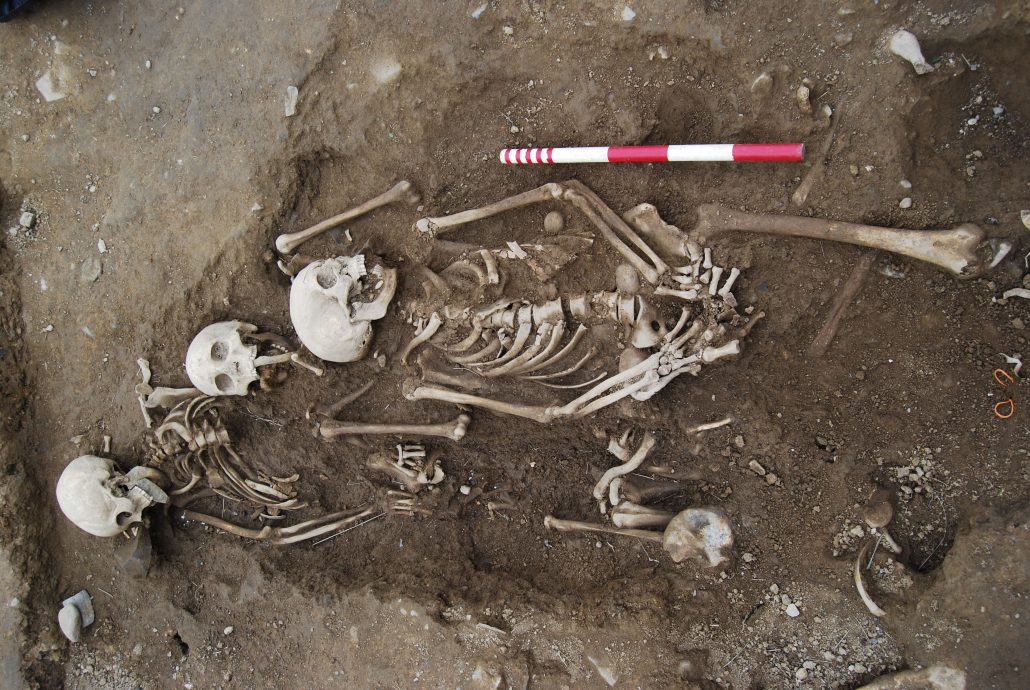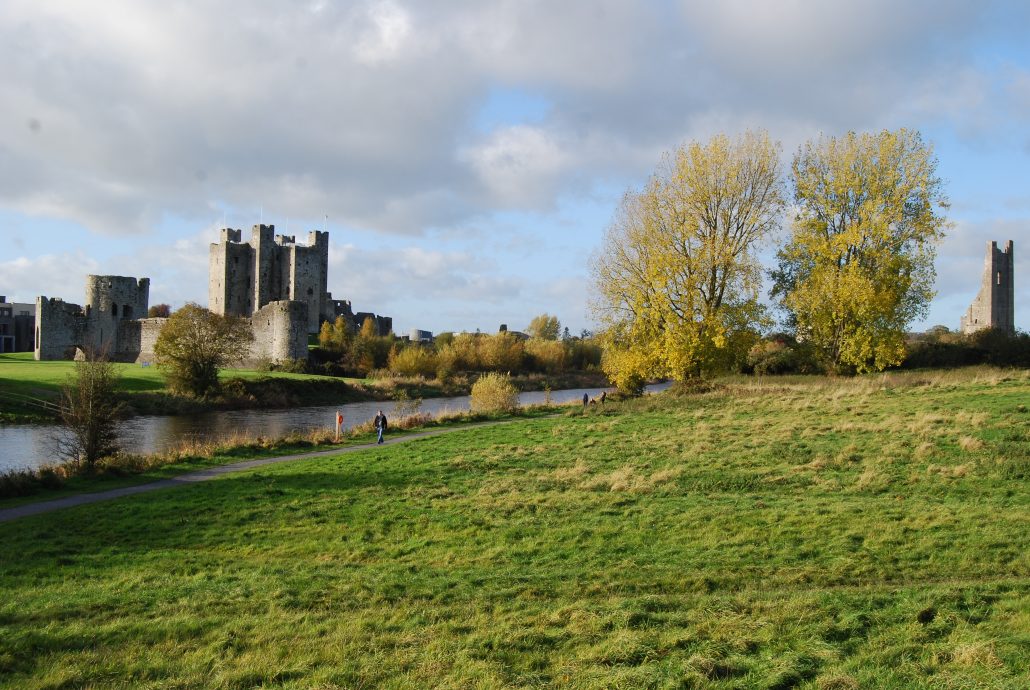Trim, Ireland
I had the privelage to study at the Blackfriary Archeological Field School in Trim, Ireland in the summer of 2019. The Blackfriary Field School is excavating the remains of a Medieval Dominican Friary to analyze how the changing patterns of its patrons and use are interwoven with the known history of the town.
Since it was founded in 2010, the field school has been a teaching and research field school, committed to providing the best training in archaeological field methods within a public archaeology/community archaeology framework.
The faculty and instructors made sure we understood the reasons for researching and digging at this exceptional site and trained us in all aspects of the excavation and post-excavation process.
The Blackfriary site is a 6-acre field (2.2 hectares)community-owned site, so by taking part in the ongoing exploration of this formerly unloved space, we were helping protect and preserve this important part of the heritage of Trim and Ireland for future generations. It was a great opportunity to be immersed in Irish life and culture while learning a lot and forging lifelong friendships.
Our excavations are carried out with the permission of the National Monuments Service, registered by the National Museum of Ireland.




The Excavations
Excavations at the Blackfriary Field School began in 2010 under the direction of Finola O’Carroll, Principal Investigator. In 2012 project Bioarchaeologist Dr. Rachel Scott began exploring the burial record at the site.
The friary consisted of a large complex of buildings set around two internal courts or cloisters with a church on the southern side. The cemetery is south of the church and burials from both church and cemetery have been excavated. Excavations began within the church, in the area known as the crossing which marks the junction between the chancel (where the religious community sat) and the nave (where the laity worshipped).
When I was there in the summer of 2019, the field school expanded the dig to include part of the south aisle of the church, the cloister, the domestic ranges, the cemetery and the boundary between the town and the friary precinct. Each year the faculty directing the dig decide which areas to focus on, informed both by their research objectives and by what has been learned from previous seasons. Our instructors were great at discussing this process with us so we could understand how the current research informs future excavations.
In addition to learning how to excavate a site, we also learned how to handle post-excavation work. As a result, the logic and purpose behind the detailed record-keeping we did in the field became very clear to all of us, as well as the importance of post-excavation work.
The research we were doing into the human remains excavated from the church and associated graveyard taught us about the lives and health of the people of Trim in during the mid-13th to mid-16th centuries. We now know the graveyard had a long history of use during this time. From the foundation of the friary in the mid-13th century until it was sacked in the mid-16th century, the cemetery was used by the people of Trim. Even after the closure of the friary by Henry VIII, families continued to bury their dead there.
After this, the cemetery continued in use as a burial place for unbaptized infants up until the early 20th century, which was not widely realized until we started excavations. The longevity of use illustrates the importance the people of Trim attached to their final resting place during times of religious persecution and changing identities.
